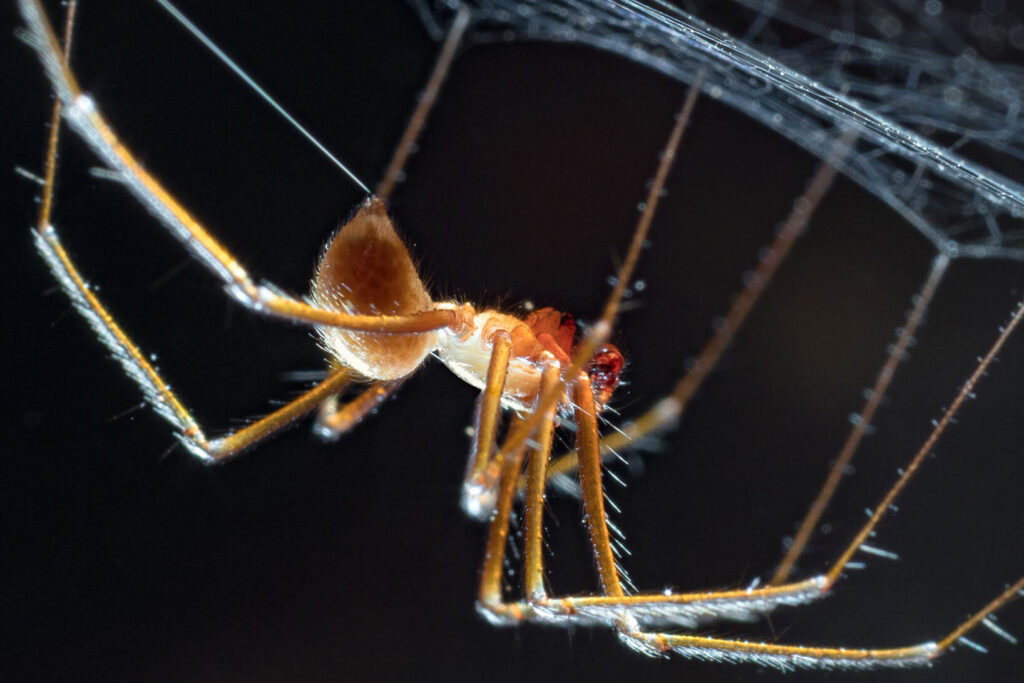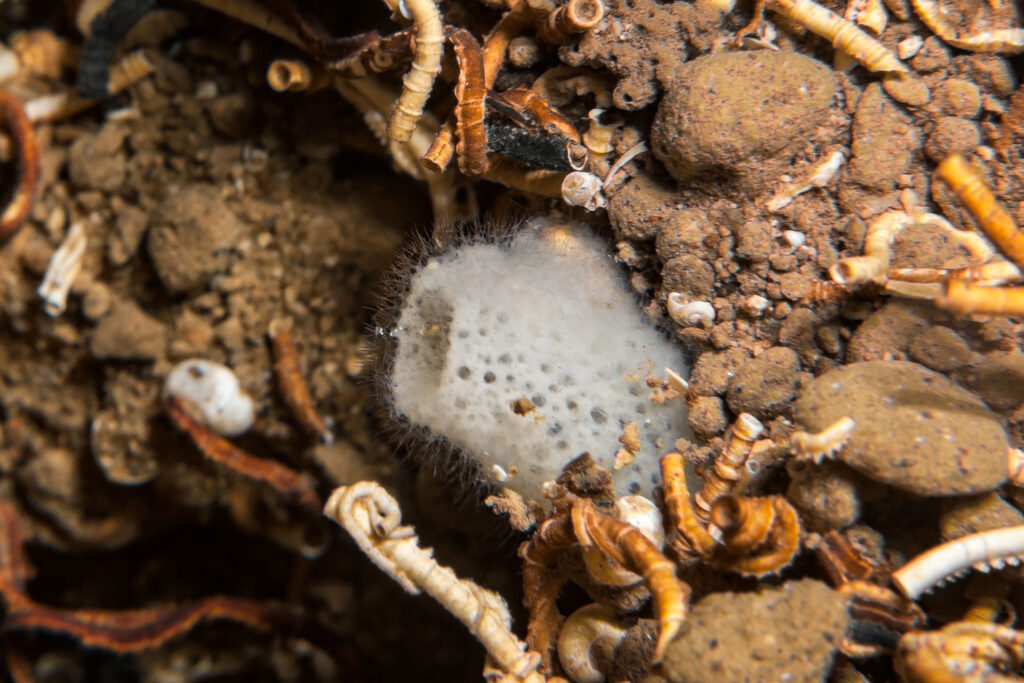By their lifestyle, subterranean animals can be arranged in different categories. Regarding the strength of their link to subterranean habitats, subterranean species can be classified as follows:
- Troglobionts in terrestrial habitats/ Stygobionts in aquatic habitats (obligate subterranean species)
– fully adapted, spending their entire life cycle (terrestrial troglobionts and aquatic stygobionts) below-ground
- Terrestrial Eutroglophiles/ Aquatic Eustygophiles
- species forming populations in aboveground (epigean) as well as below-ground habitats, i.e. that can spend entire life cycle both in and outside of subterranean habitats
- Terrestrial Subtroglophiles / Aquatic Substygophile
- inhabitants of subterranean habitats (s) for a part of the life cycle
- Terrestrial Trogloxenes / Aquatic Stygoxenes
- non-adapted accidental inhabitants


The size of the voids available for species is another important parameter, that allows recognition of large voids (subterranean habitats for instance) versus small void species (interstitial habitats).
In cave entrances, we usually find trogloxenes and troglophiles on walls and rocks, in sediment, between and under rocks and on organic matter. The parietal community of cave walls is particularly rich. These parts of the caves are inhabited by many species of spiders, harvestmen, centipedes, woodlice grasshoppers, springtails, Diptera, and Lepidoptera.
In deeper parts of the caves, troglobionts, adapted to low amounts of food, complete darkness, and stable temperature, are often present, and sometimes highly modified biologically and morphologically. Many species of beetles, false scorpions, woodlice, spiders, springtails, and other groups can be found in deeper parts of caves. Some of them live on the ground, between and under rocks, where they feed on organic matter or hunt their prey. Other species are found on walls, speleothems, in wall cracks where they feed on small organic particles which are brought by water or they knit nets and hunt prey.
Places with large amounts of bats or birds guano are special habitat in caves. A huge density of invertebrates (guanobionts or guanophiles) may be found there, which feed on guano or fungi and bacteria that grow on guano. Guano piles are especially interesting for many predators as well.
Common adaptations of invertebrates to the subterranean environments compared to their epigean relatives are the following, differing between taxa :
- reduction or loss of sight
- reduction or loss of pigment
- increased sensitivity of other senses
- increase in size
- elongation of body parts (legs, antennae, body segments)
- thinning of the body shell (exoskeleton)
- loss of water regulation ability
- slowed metabolism and higher longevity
- low reproduction level
- accumulation of fat in body
- reduced aggressiveness
- loss of daily and seasonal rythms and activities

